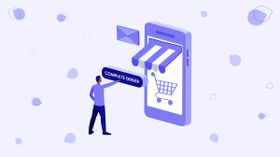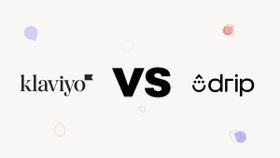Best Post-Purchase Email Templates + 9 Examples You Need to Use Now
You can share a lot with your customer after they've finally made a purchase. Find out post-purchase email must-haves, and check out some examples of each.
Updated November 5, 2024.
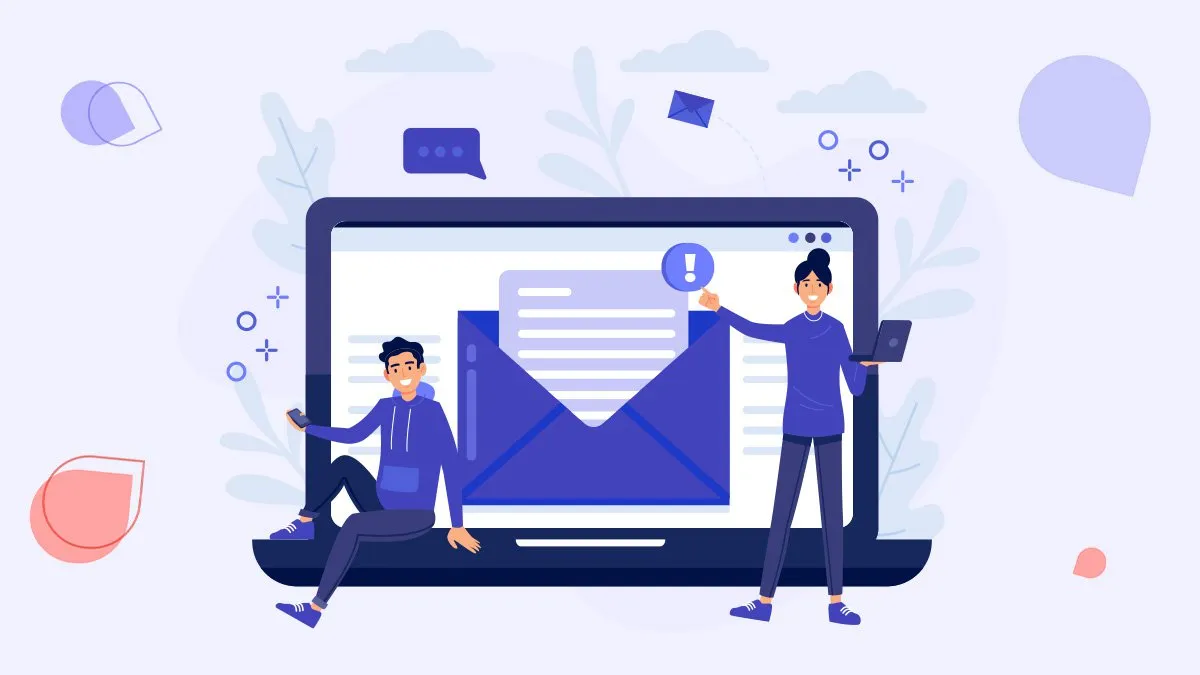
You've been lied to.
The key to sustainable eCommerce growth isn't endless customer acquisition – it's the fine balance between getting new shoppers into your store and making sure the old ones come back.
Acquiring new customers is five times more expensive than retaining old ones, and increasing your customer retention by just 5% can boost your revenue by 25% to 95%. Plus, repeat customers will likely spend 33% more in your store.
Post-purchase emails play a huge role in how your existing customers perceive you. They make your business more transparent to shoppers, build loyalty, and help with retention.
Not sure how to create post-purchase emails that go beyond "transactional" and
- provide your shoppers with peace of mind,
- improve your customer retention rate, and
- build your brand?
Keep reading to find out more. In this article, we're exploring post-purchase emails, inside and out.
What is a post-purchase email?
Post-purchase campaigns are automated email messages sent from businesses after a customer has bought something from them. These emails can be sent at different times: immediately after the purchase, when the product is delivered, or days after the delivery.
These automations can serve various purposes: confirming the order, providing shipping updates, offering complementary item recommendations, or collecting customer feedback. But more than anything, they're an opportunity to nurture customer relationships.
Why are post-purchase emails important?
Post-purchase emails play a pivotal role in building a strong customer loyalty program and enhancing the overall customer experience. Let's explore some key reasons why these emails are so important:
Building loyalty
Customer loyalty is the holy grail of business success. Post-purchase emails allow you to engage with your customers and foster long-term loyalty. By showing appreciation for their purchase and offering personalized recommendations or exclusive discounts for future purchases, you can make customers feel valued and encourage them to choose your brand over competitors.
Integrating customer loyalty programs or reward systems into your post-purchase email strategy incentivizes customers to engage further with your brand and become loyal advocates.
Encouraging repeat orders
By strategically timing your post-purchase emails to coincide with the customer's expected replenishment cycle, you can send gentle reminders to repurchase your products, driving repeat orders. This approach is particularly useful for businesses selling consumable goods or subscription-based services.
A replenishment email flow can boost customer engagement and increase their lifetime value. For example, look at our Eternity Modern case study to see how they witnessed a substantial rise in their repeat purchase rate by employing a post-purchase email strategy.
Encouraging upsells and cross-sells
Post-purchase emails are a great opportunity to upsell and cross-sell relevant products. By analyzing the customer's purchase history and preferences, you can recommend complementary or upgraded items that enhance their overall experience.
Remember that eCommerce personalization can help you integrate personalized product recommendations into your emails and boost average order value and sales.
Setting expectations
Customers appreciate transparency and timely communication. Post-purchase emails provide an ideal platform to set clear expectations regarding order processing, shipping, and delivery. By sending order confirmation emails with all the necessary details, you can instill confidence in your customers and reduce anxiety associated with online shopping.
Here's some information you could include in your post-purchase email:
- Order summary
- Shipping address
- Estimated delivery dates
- Product information
- Returns and customer service info
Engaging customers
Post-purchase emails allow you to engage with your customers beyond the initial purchase. By sharing valuable content, such as how-to guides, tips, and tricks related to their purchase, you can enhance their overall experience and establish your brand as a knowledgeable authority. Engaging customers with educational and entertaining content builds trust, strengthens customer relationships, and encourages them to return for future purchases.
Creating a good customer experience
The customer experience is at the heart of any successful business. Post-purchase emails play a crucial role in shaping this experience. According to a survey by SmarterHQ, 72% of consumers say they only engage with personalized messaging, showing how important it is to tailor your post-purchase emails to individual customers.
When you create a post-purchase email flow, you can ensure that customers receive relevant emails at the right time. Personalized emails that offer valuable recommendations, exclusive discounts, and relevant content contribute to an exceptional customer experience and increase the likelihood of repeat purchases.
Pro tip: here are some tips to personalize your drip nurturing campaigns.
Types of post purchase emails (with examples and templates)
You can incorporate various post-purchase emails into your email marketing strategy to maximize customer engagement and drive business growth. Some of the essential ones include
Order confirmation
When and why it is useful:
Order confirmation emails are sent immediately after the purchase, reassuring customers that their order has been successfully placed. These emails serve as digital receipts and help establish trust between the customer and your brand. Including a clear call to action or tracking link in the order confirmation email keeps customers informed about the status updates of their purchases.
Order confirmation templates
Subject line examples:
- Order #123456 has been received
- Your payment has been received
- We're working on your order, {name}
- Our fairies are already packing up your order, {name}
Email copy examples:
- Thank you for your order! {name}, your order is being prepared for shipping. We'll let you know as soon as it's headed your way.
- Make some room in your closet - all the items below are in stock and ready to ship. Have any questions? Our customer care team is always here: support@company.com. Meanwhile, look out for shipping confirmation with more details.
- We love your taste in shoes! We're working to pack up your order and we'll let you know as soon as it's shipped. Meanwhile, reach out if you have any questions – and don't forget to follow us on social media to learn about our offers!
Shipping confirmation
When and why it is useful:
Shipping confirmation emails are sent once the order has been processed, packed, and shipped. They include tracking information or a tracking link, allowing customers to monitor the progress of their package.
Shipping confirmation emails are essential for setting clear expectations regarding delivery dates and giving customers real-time updates on their order's whereabouts. This enhances the customer experience and minimizes any potential concerns they may have while reducing support inquiries related to order tracking.
Shipping confirmation templates
Subject line examples:
- A shipment from order #1234 is on the way
- Confirmation of Your Order US123400000
- We've sent order #12345 your way!
Email copy examples:
- Your order is on its way. Please allow 24 hours to track your order.
- Your package was dropped in the mail today *date* and should arrive in 2-7 days (depending on the speed of the USPS). Order number 12345.
- [Delivery company name] has just picked up your order, it should be with you in 2-3 working days. Track your shipment here, and check in with us at customercare@imaginarystore.com if you have any questions!
Upsells & cross-sells
When and why it is useful:
Upsell and cross-sell emails recommend additional products or upgrades to customers, based on their purchase history or preferences.
By leveraging data analytics and customer segmentation, you can tailor these upsell and cross-sell emails to specific customer behaviors, purchase amounts, or their position in the customer journey. These emails effectively increase average order value and encourage repeat purchases.
Upsells & cross-sells templates
Subject line examples:
- Upgrade to the new Pixel 6a
- Groove to 3 free months of Premium
- These earbuds would look good with your new phone
Email copy examples:
- Your virtual card makes online checkouts easier and more secure. *CTA*: "Get your virtual card here"
- Pre-order *product* and receive *product 2* for free.
How-to guides
When and why it is useful:
How-to guide emails go beyond the transactional nature of post-purchase emails and aim to enhance the customer's experience with your product. Provide useful information to demonstrate your commitment to customer success, thereby establishing a positive brand image and fostering long-term loyalty. You can also encourage customers to engage with your brand and explore the full potential of their purchase.
Subject line examples:
- Welcome! Here's how to get started.
- Last chance: Learn how marketers use Calendly to accelerate pipeline
Email copy examples:
- We made this guide to walk you through the science of coffee extraction. Plus, a grind setting guide and what grinders we recommend for you. *CTA*: "Show me how!”
- Make the below cocktail and we guarantee* it will lift your spirits away from this dreary weather. *if it doesn't we'll send you another recipe ;)
Reminders
When and why it is useful:
Reminder emails serve as gentle prompts for customers to repurchase or renew their subscriptions. By aligning the timing of these emails with the customer's expected purchase cycle, you can increase the likelihood of repeat orders. These emails act as valuable touchpoints and keep your brand at the top of the customer's mind.
These emails are particularly relevant for businesses offering subscription-based services or products with a predictable replenishment cycle.
Reminders templates
Subject line examples:
- Your Tome invite arrives tomorrow
- Reminder! Our webinar is on tomorrow
- Upcoming Renewal
Email copy examples:
- The deals won't be around much longer. Don't miss out. It's your last chance to take advantage of these special offers.
- Why *company*? Write a short paragraph about your company values, and remind the customer why they chose you in the first place
User-generated content
When and why it is useful:
User-generated content (UGC) emails showcase customer reviews, testimonials, or social media posts related to your products or brand. These emails leverage the power of social proof to inspire confidence and trust in prospective customers.
By showcasing positive reviews and testimonials, UGC emails allow you to tap into the voice of your customers, building trust and credibility. This allows you to influence potential customers and encourage them to make a purchase. UGC emails also incentivize customers to share their experiences and become brand advocates, fostering a sense of community and loyalty.
User-generated content templates
Subject line examples:
- They really liked our bags!
- Got your package? Send us a photo and get a 10% coupon code
Email copy examples:
- Here's what our customers said about us!
- Did you like your products? Sharing is caring! Send us a picture and we'll reward you with a 10% discount code :)
Surveys or review requests
When and why it is useful:
Surveys or review request emails are sent to customers to collect feedback about their purchase experience or product satisfaction. These emails often include incentives or rewards for completing the survey or leaving a review.
You increase the likelihood of receiving valuable feedback by demonstrating that you value the customer's opinion and offering incentives for their time. These emails also contribute to generating positive reviews and testimonials, enhancing your brand reputation and influencing potential customers.
Surveys or review requests templates
Subject line examples:
- We want to hear from you.
- Your feedback = our new features
- Help us Help you
Email copy examples:
- First off, thanks for choosing *company*. We really hope it helps you create something great!
If you have a moment, we'd love to hear about what motivated you to subscribe to *company*. Let us know with this super quick survey *integrate link*, a few questions and you're done.
We appreciate your help!
- We're always looking for ways to improve the *company* experience. Open the app to let us know your thoughts.
Customer information
When and why it is useful:
Customer information emails provide customers with important updates or details about their account, membership status, or loyalty program. These emails can include information about reward programs, promotional offers, or exclusive discounts.
Customer information emails are crucial for nurturing customer relationships and ensuring customers stay informed about the benefits and perks associated with their engagement. By providing relevant updates and offers, you can incentivize repeat purchases, increase customer satisfaction, and solidify your brand's position in their minds.
Customer information templates
Subject line examples:
- {member name} was added to your account, {name}
- Congratulations! We've extended your trial!
Email copy examples:
- The more, the merrier! Thanks for adding your friends to your account, {name}. We're happy you're all here!
- Thank you for chatting with us, {name}. Your trial has been extended by another 30 days. Please let us know your feedback!
Surprising emails
When and why it is useful:
Surprising emails are unexpected and delightful messages sent to customers as a gesture of appreciation or to celebrate special occasions. These emails can include personalized discounts, birthday offers, or exclusive gifts.
Surprising emails demonstrate your commitment to customer satisfaction and create memorable experiences. By acknowledging special occasions or rewarding loyal customers, you strengthen the emotional connection between the customer and your brand. These emails contribute to customer delight and often result in increased customer loyalty and advocacy.
Surprising emails templates
Subject line examples:
- We're grateful for you.
- A really, really big thank you.
- Happy Holidays from *Company*
Email copy examples:
- {Name}, we couldn't have made it without you.
- It's been 3 years since we introduced *product*. Thank you for being by our side - we couldn't have come this far without you! To celebrate this special day, activate your 230% discount on a license for your friend. *CTA*: Go ahead and grab it now!
Post-purchase email best practices
If you want your post-purchase emails to be successful, keep the following tips in mind:
Don’t send too many emails
Think of the customer's overall email experience when crafting your post-purchase email strategy. Consider whether they are already subscribed to your newsletter, engaged in a welcome flow, or likely to receive other emails from you in a given time span. Be mindful not to overwhelm them with too many emails, as this can lead to unsubscribing or disengagement.
Create a clear process for post-purchase emails
Establish a clear and organized process for sending post-purchase emails. This includes defining the timing, content, and goals for each type of email. A well-structured post-purchase email flow ensures that customers receive relevant and timely messages throughout their journey with your brand.
Stay relevant
Segmentation is key to sending relevant post-purchase emails. Different customers have different preferences and behaviors, so tailoring your emails based on customer segments can significantly improve their effectiveness. Consider factors such as new vs returning customers, VIP segments, and past purchase behavior when creating personalized email content.
Segment your audience
Audience segmentation enables you to personalize your message and send out emails that match the buyer intent, whether they're new or returning customers, as well as the type of products they buy.
Create a different email marketing journey for each segment and personalize it to their preferences. The more you can segment your audience, the better off you will be!
Test your campaigns
Continuously test and optimize your post-purchase email campaigns to maximize their impact. A/B testing subject lines, email content, and call-to-action buttons can provide valuable insights into what resonates best with your audience. Use data analytics to track open, click-through, and conversion rates to make data-driven decisions and refine your strategy.
Nurture customer relationships
Post-purchase emails are a great opportunity to nurture and build relationships with customers. Do this through personalized messages, loyalty programs, rewards, and other offers tailored to their interests. Incorporating social proof such as customer reviews and ratings can also strengthen customer relationships and boost trust in your brand.
Post-purchase emails: more than mere transactions
Post-purchase emails are a vital component of your email marketing strategy, offering a powerful tool to build customer loyalty, drive repeat orders, and enhance the overall customer experience. You can engage customers, nurture relationships, and foster long-term loyalty by leveraging various post-purchase emails.
Remember to integrate customer feedback, social proof, and personalized recommendations into your post-purchase email campaigns. Stay relevant, test your email content, and give your customers more value than ever before.
FAQs
What is an example of a post-purchase?
What is a post-purchase message?
What are the steps of post-purchase?
When should you send a post-purchase email?
What is a post-purchase experience?


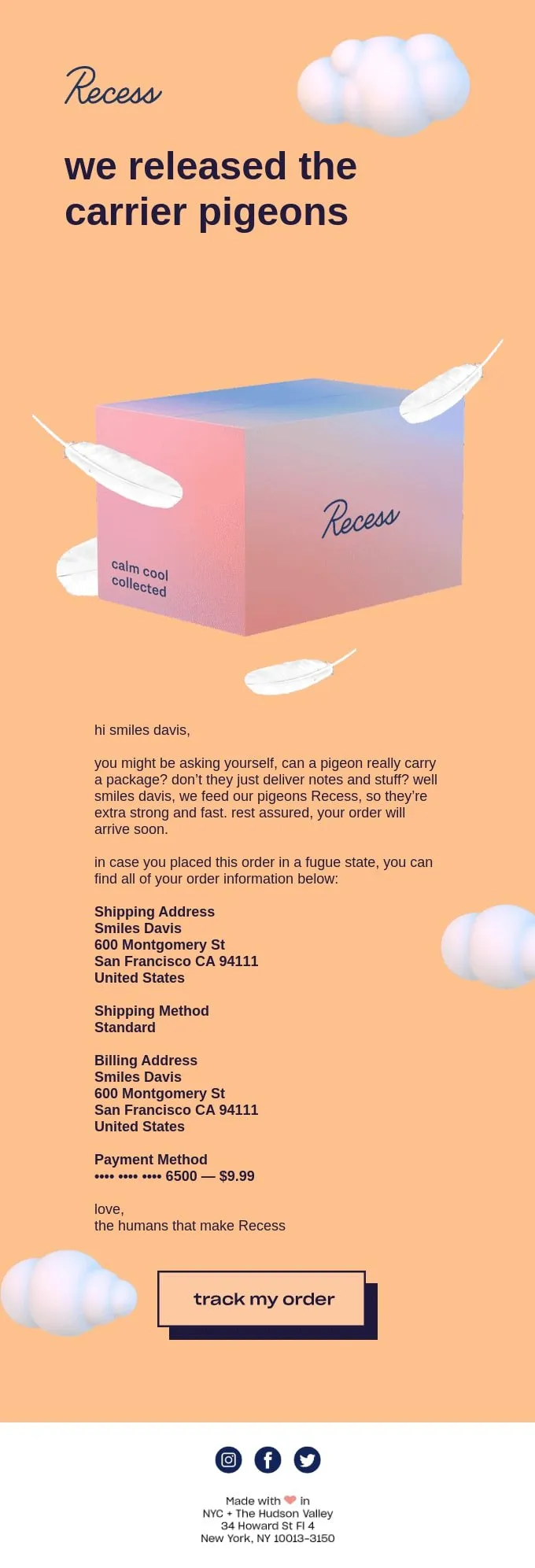


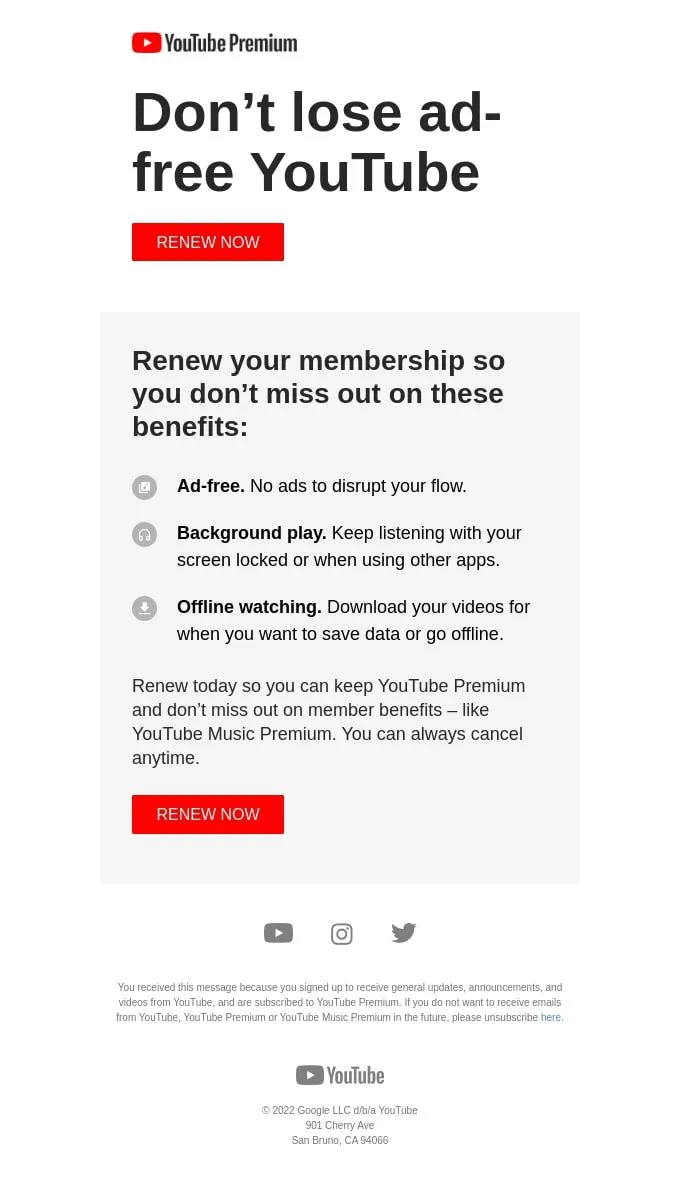

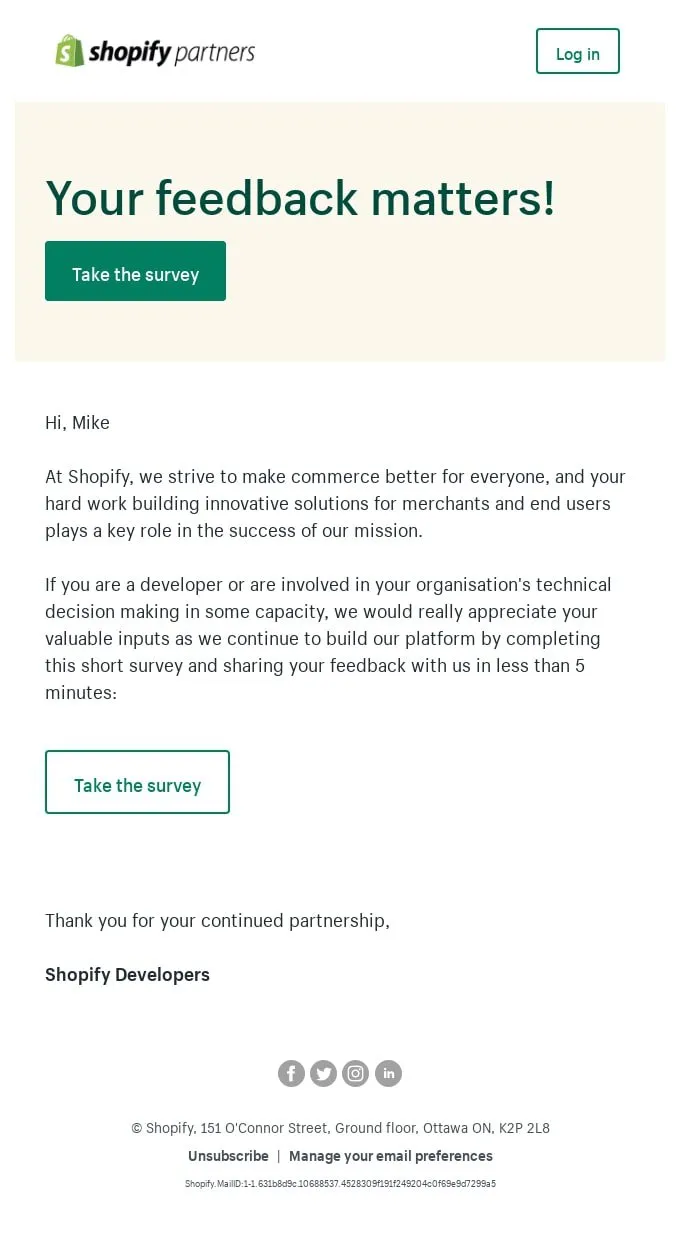
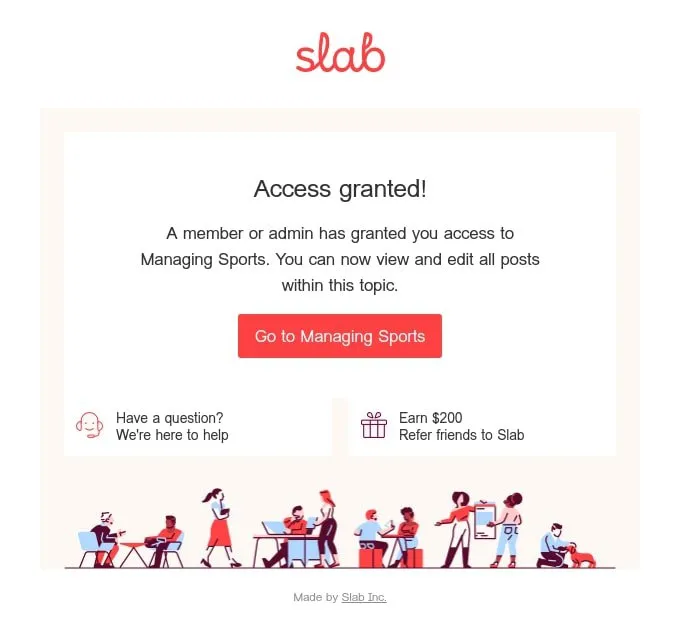



![[Interview] Chase Dimond on Email Marketing Best Practices for Ecommerce](https://entail.mayple.com/en-assets/mayple/fit-in/280x280/60c5f490beff82198399dabc_1200431107841933Mayple1920x1080LA2_01_9ac8f50249ef125a32e11eb0be9c9df0_2000-1699777188582.png)
